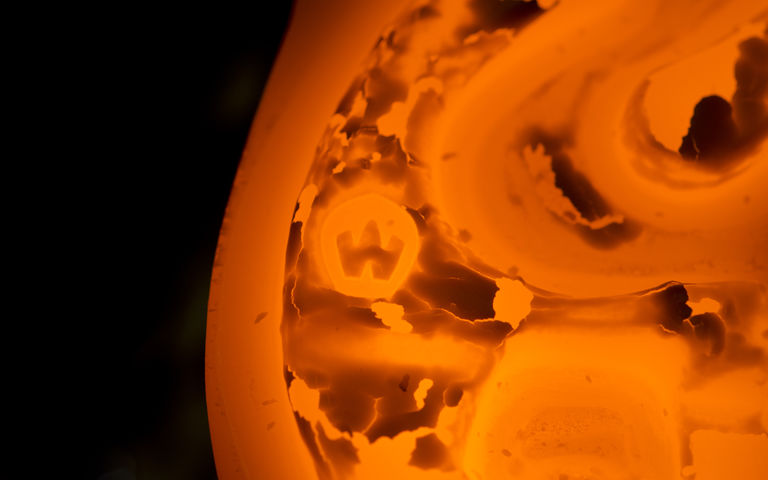Since its creation by Henri Wichard in 1919, Wichard has specialized in forging stainless-steel parts. Forging has many advantages when it is used for the manufacture of stainless-steel fittings such as shackles, snap hooks and pad eyes.
What is forging?
Forging as practiced by Wichard consists of heating stainless steel bars (called billets) in gas or induction ovens. Once the billet is heated, it is positioned on a tool (called a die) and crushed by another tool giving it its raw shape.
After the stainless-steel marine fitting part has been forged it undergoes several further stages of manufacture such as:
- Trimming to remove excess material,
- Tribofinishing to scrub any sharp edges and give a shiny look,
- Machining to make the holes, and the male and female threads
- Assembly to fit springs, for example, on snap hooks or swivels
Why should I choose a forged part for my boat?
On a sailing yacht, stainless steel fittings need to provide both mechanical strength and corrosion resistance. To ensure the safety of crew members, fittings such as shackles and snap hooks must also withstand fatigue, which means withstanding repeated forces, to avoid sudden breakage.
Forging has all these advantages! By heating the stainless steel without melting it, it helps to preserve the homogeneous structure of the metal. It also prevents the entry of impurities (foreign waste particles) and air bubbles. In addition it allows relatively compact parts to be produced.
Thus a shackle or snap hook forged by Wichard will have:
- Better mechanical strength
- Fatigue strength (repeated forces) preventing the part breaking suddenly.
- Better corrosion resistance
- Optimized size
Finally, forging remains an essentially manual job; the 2480 snap hook alone needs 21 production steps!

